Bis[2-(2-hydroxyethoxy)ethyl] ether
Synonym(s):Bis[2-(2-hydroxyethoxy)ethyl] ether;Tetra(ethylene glycol);Tetraethylene glycol;Tetraglycol
- CAS NO.:112-60-7
- Empirical Formula: C8H18O5
- Molecular Weight: 194.23
- MDL number: MFCD00002879
- EINECS: 203-989-9
- SAFETY DATA SHEET (SDS)
- Update Date: 2025-05-20 18:42:39
![Bis[2-(2-hydroxyethoxy)ethyl] ether Structural](https://img.chemicalbook.in/CAS/GIF/112-60-7.gif)
What is Bis[2-(2-hydroxyethoxy)ethyl] ether?
Description
Tetraethylene glycol is a polymer consisting of ethylene glycol monomer units and two terminal hydroxyl groups. The hydroxyl groups can react to further derivatize the compound. Ethylene glycol compounds have hydrophilic characteristics. The solubility of the polymer increases as the number of ethylene glycol groups increase.
Chemical properties
Tetraethylene glycol is a high-boiling, clear liquid of low volatility. hygroscopic. It is completely miscible with water and a wide variety of organic solvents. insoluble in benzene, toluene, or gasoline. Combustible. For certain aliphatic hydrocarbons, it has a very slight affinity. Tetraethylene glycol is used as a coupling agent for blending water-soluble and water-insoluble compounds in such formulations as lubricants, glues, cork and textile products, etc.
The Uses of Bis[2-(2-hydroxyethoxy)ethyl] ether
Solvent for nitrocellulose, plasticizer, lacquers, coating compositions.
The Uses of Bis[2-(2-hydroxyethoxy)ethyl] ether
Tetraethylene glycol is used as a solvent to dissolve water-insoluble compounds. It is employed as a nitrocellulose solvent, a plasticizer, a natural gas desiccant, a hydraulic fluid and in lacquers and coatings. Furthermore, it is used in the synthesis of tetraethylene glycol methacrylate monomer. It acts as a chemical intermediate and acts as a solvent for the manufacturing of inks and dyes. In addition, it serves as a coupling agent in the production of textile lubricants and formulations.
Production Methods
Tetraethylene glycol is prepared commercially by adding ethylene oxide to ethylene glycol, diethylene glycol, or water in the presence of a suitable catalyst.
Definition
ChEBI: Tetraethylene glycol is a poly(ethylene glycol).
General Description
Colorless to straw-colored liquid with a mild odor. Sinks and mixes with water.
Air & Water Reactions
Water soluble.
Reactivity Profile
Bis[2-(2-hydroxyethoxy)ethyl] ether is a ether-alcohol derivative. The ether being relatively unreactive. Flammable and/or toxic gases are generated by the combination of alcohols with alkali metals, nitrides, and strong reducing agents. They react with oxoacids and carboxylic acids to form esters plus water. Oxidizing agents convert alcohols to aldehydes or ketones. Alcohols exhibit both weak acid and weak base behavior. They may initiate the polymerization of isocyanates and epoxides. May attack some forms of plastics [USCG, 1999].
Health Hazard
Compound is nonirritating. No symptoms observed by any exposure route.
Flammability and Explosibility
Non flammable
Safety Profile
Mildly toxic by ingestion. A sktn and eye irritant. Combustible when exposed to heat or flame; can react with oxidzing materials. To fight fire, use alcohol foam, water, CO2, dry chemical. When heated to decomposition it emits acrid smoke and irritating fumes.
Properties of Bis[2-(2-hydroxyethoxy)ethyl] ether
| Melting point: | -5.6 °C (lit.) |
| Boiling point: | 314 °C (lit.) |
| Density | 1.125 g/mL at 25 °C (lit.) |
| vapor density | 6.7 (vs air) |
| vapor pressure | <0.01 mm Hg |
| refractive index | n |
| Flash point: | 400 °F |
| storage temp. | Store below +30°C. |
| solubility | 1000g/l |
| form | Liquid |
| pka | 14.06±0.10(Predicted) |
| color | Clear slightly yellow |
| PH | 8.5-9.0 (500g/l, H2O, 20℃) |
| explosive limit | 0.5-3.4%(V) |
| Water Solubility | soluble |
| BRN | 1634320 |
| Stability: | Stable. Incompatible with strong oxidizing agents, strong bases. |
| CAS DataBase Reference | 112-60-7(CAS DataBase Reference) |
| NIST Chemistry Reference | Ethanol, 2,2'-[oxybis(2,1-ethanediyloxy)]bis-(112-60-7) |
| EPA Substance Registry System | Tetraethylene glycol (112-60-7) |
Safety information for Bis[2-(2-hydroxyethoxy)ethyl] ether
| Signal word | Warning |
| Pictogram(s) |
 Corrosion Corrosives GHS05 |
| GHS Hazard Statements |
H320:Serious eye damage/eye irritation |
| Precautionary Statement Codes |
P305+P351+P338:IF IN EYES: Rinse cautiously with water for several minutes. Remove contact lenses, if present and easy to do. Continuerinsing. P337+P313:IF eye irritation persists: Get medical advice/attention. |
Computed Descriptors for Bis[2-(2-hydroxyethoxy)ethyl] ether
New Products
Boc-N-Me-Val-OH tert-butyl 9-methoxy-3-azaspiro[5.5]undecane-3-carboxylate Indole Methyl Resin Gabapentin EP Impurity B Ethyl N-(2- cyanoacetyl)carbamate Magnessium Ascorbate 1-Chloro-4-Methyl-2-Nitrobenzene 1,3-Diethyl-1,3-Diphenylurea 3-(4-morpholinophenylamino)-5-amino-1H-pyrazole-4-carbonitrile Methyl 2-methylquinoline-6-carboxylate 2,4-dihydroxybenzaldehyde 2-((4-morpholinophenylamino) (methylthio) methylene) malononitrile Benzethonium Chloride Trenbolone Enanthate Prednisolone acetate Cisplatin Chlorodehydromethyl testosterone Ketoconazole 1,3-Di Iodo Benzene Methyl 2-oxo-2,3-dihydrobenzo[d]oxazole-7-carboxylate 3-Hydroxy-4-nitrobromobenzene 4-(2-Aminoethyl)-7-hydroxy-2H-chromoen-2-one 2-Ethyl-1,4-diaminobenzene 2-Ethylhexyl 4-aminobenzoateRelated products of tetrahydrofuran

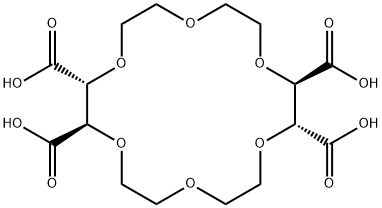
![BIS[(12-CROWN-4)METHYL] DODECYLMETHYLMALONATE](https://img.chemicalbook.in/CAS/GIF/80403-59-4.gif)


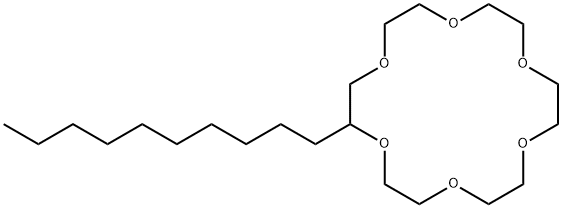

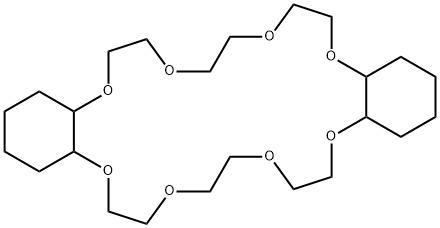
You may like
-
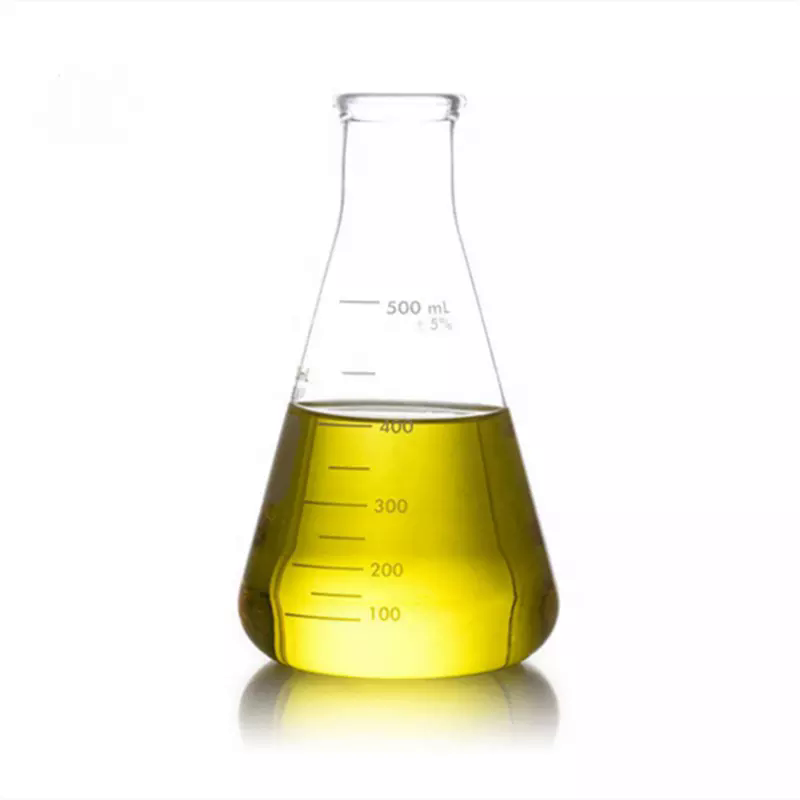 Tetraethyleneglycol 98%View Details
Tetraethyleneglycol 98%View Details -
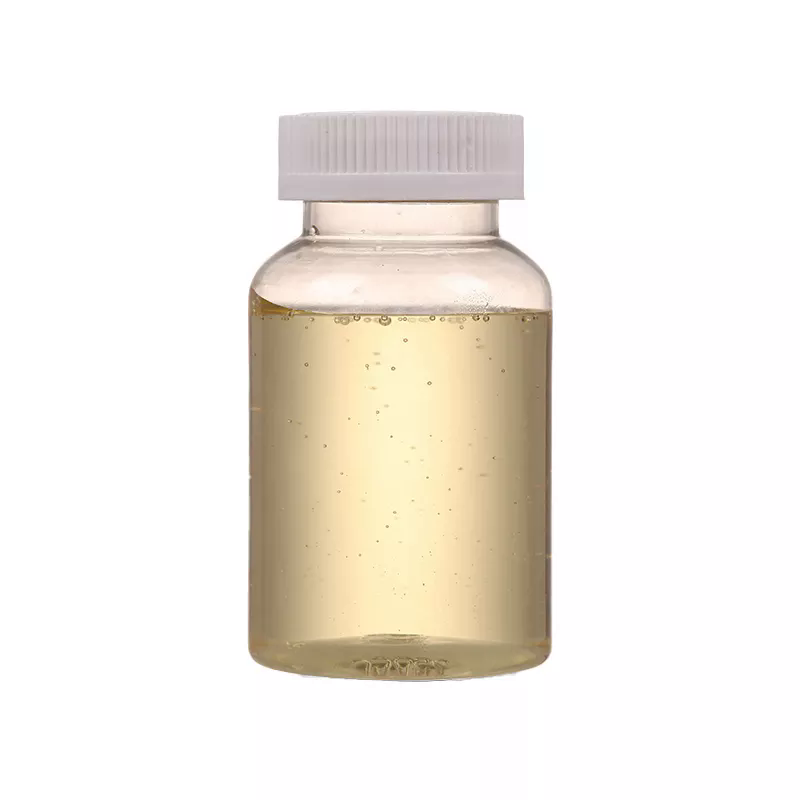 Tetraethyleneglycol 98%View Details
Tetraethyleneglycol 98%View Details
112-60-7 -
 Tetraethylene Glycol CAS 112-60-7View Details
Tetraethylene Glycol CAS 112-60-7View Details
112-60-7 -
 Tetraethylene glycol CAS 112-60-7View Details
Tetraethylene glycol CAS 112-60-7View Details
112-60-7 -
 Tetraethylene glycol 95% CAS 112-60-7View Details
Tetraethylene glycol 95% CAS 112-60-7View Details
112-60-7 -
 Tetraethylene glycol 98.00% CAS 112-60-7View Details
Tetraethylene glycol 98.00% CAS 112-60-7View Details
112-60-7 -
 Tetraethylene glycol CAS 112-60-7View Details
Tetraethylene glycol CAS 112-60-7View Details
112-60-7 -
 Liquid Tetraethylene Glycol TEG, For Industries, 99%View Details
Liquid Tetraethylene Glycol TEG, For Industries, 99%View Details
112-60-7
